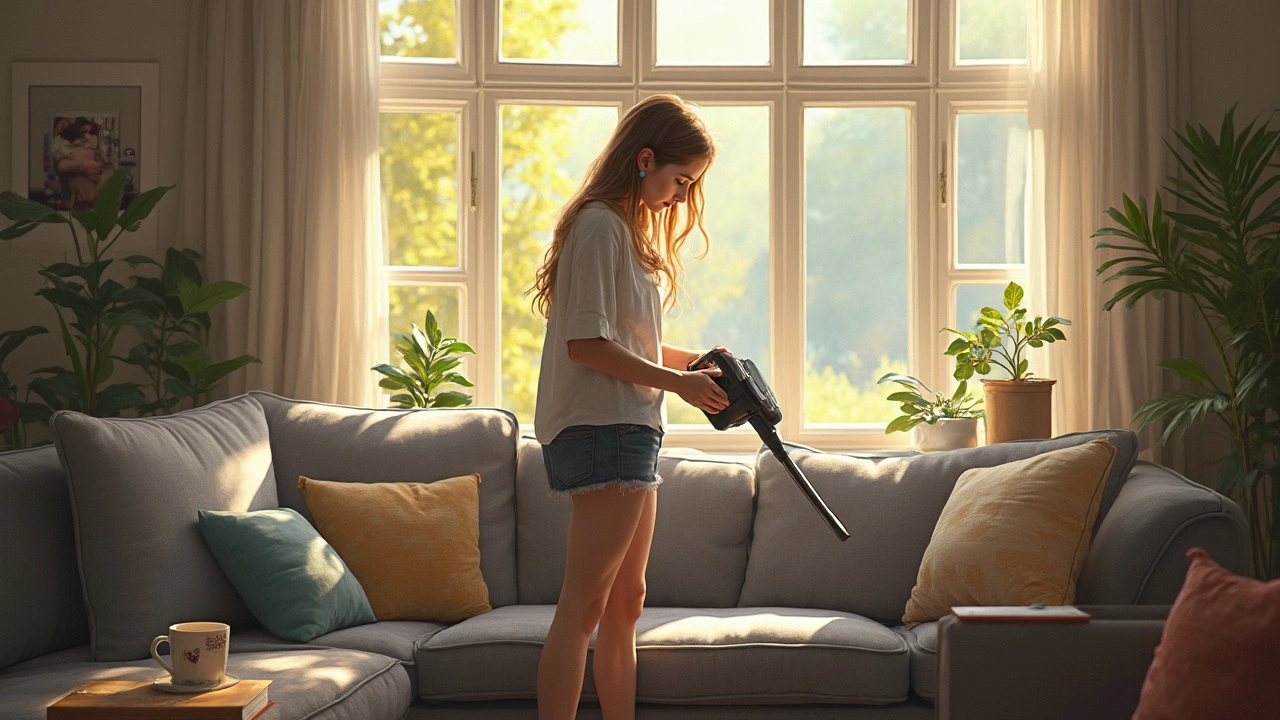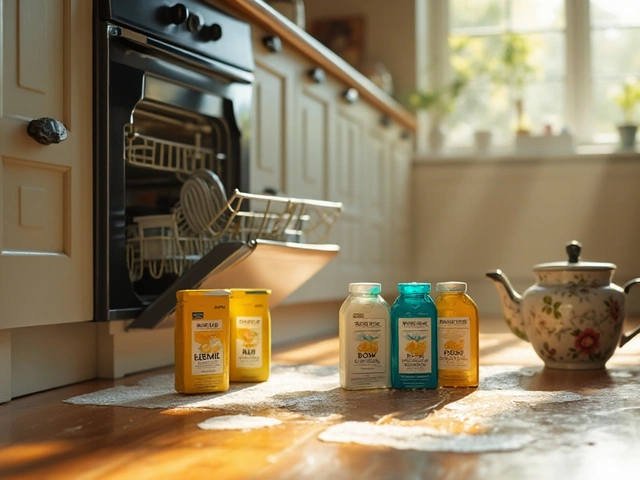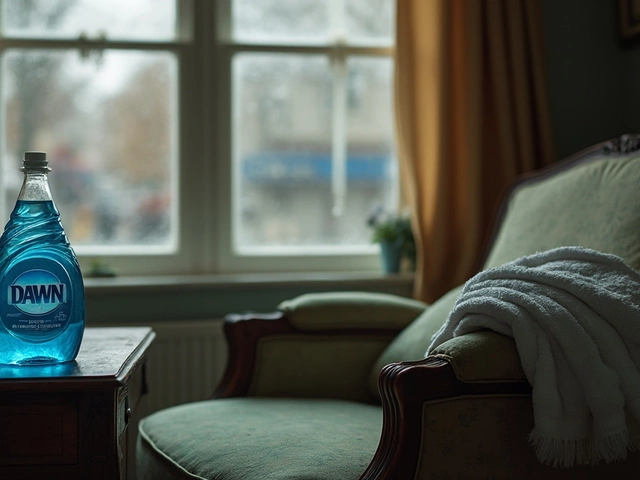Sofa Stain Removal: Practical Tips and Proven Methods
When dealing with sofa stain removal, the process of eliminating unwanted marks from couch fabrics while preserving material integrity. Also known as upholstery stain cleaning, it requires the right cleaning agents, tools, and a prompt response to keep stains from setting. Sofa stain removal encompasses a range of fabric types, from cotton blends to velvet, each demanding a tailored approach. The task often calls for gentle yet effective solutions, so using harsh chemicals can do more harm than good.
Key Tools, Agents and Their Roles
One of the most versatile cleaners is Dawn dish soap, a mild, grease‑cutting formula that works well on oil‑based stains without damaging upholstery fibers. Pair it with warm water and you have a safe, eco‑friendly mix for coffee, tea, or food splatters. For tougher, mineral‑based marks, baking soda, a mildly abrasive powder that lifts grime and neutralizes odors can be combined with a splash of white vinegar, an acidic solution that breaks down residue and brightens fabric. Together they form a DIY stain‑removing duo that is both budget‑friendly and environmentally conscious. The choice of tool matters too; a soft‑bristle brush scrubs without tearing delicate weave, while a microfiber cloth absorbs excess moisture and prevents streaks.
Understanding the relationship between stain type and cleaning method is essential. Oil‑based stains – think butter or lipstick – require a surfactant like Dawn to dissolve the grease before blotting. Protein‑based stains – such as blood or dairy – respond best to cold water and enzyme‑rich cleaners to avoid setting the proteins. Acidic stains like wine or fruit juice are neutralized effectively with a vinegar‑baking soda combo, which also helps lift the pigment from the fibers. In every case, the rule of thumb is to test a hidden area first, apply the solution gently, and work from the outer edge toward the centre to keep the stain from spreading. This systematic approach ensures that fabric stain remover, whether commercial or homemade, works at the molecular level to break down the offending particles.
Beyond the right agents, timing and technique influence success. Acting within minutes prevents the stain from bonding to the fabric, while a quick‑drying method – such as using a fan or opening windows – stops moisture from seeping deeper. For large sofas, tackling one cushion at a time keeps the process manageable and reduces the risk of over‑wetting. Once the stain is gone, a final pass with a clean, damp cloth removes any residue, and a light vacuum restores the nap of the upholstery. These steps not only erase the visible mark but also extend the life of your sofa by keeping the fibers healthy.
The articles below dive deeper into each of these topics. You'll find step‑by‑step guides for DIY cleaners, expert advice on handling stubborn coffee stains, and tips for drying a couch quickly after shampooing. Whether you're a homeowner looking for a quick fix or a property manager needing reliable methods for multiple sofas, the collection offers actionable insights that fit every situation. Explore the range of solutions and pick the one that matches your stain, fabric, and eco‑preferences.





